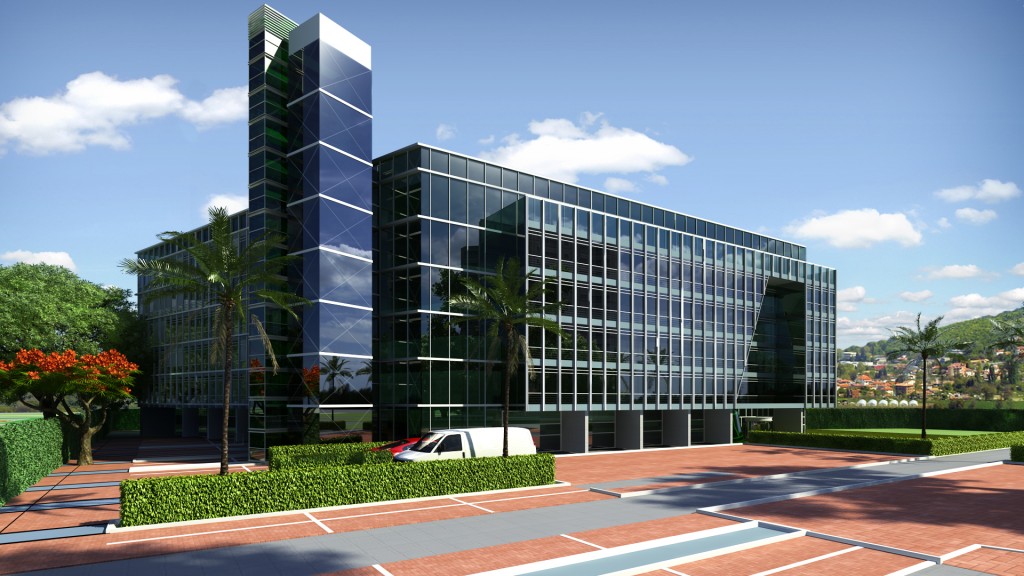
How to Do Realistic Views of 3D Render?
Rendering is an integral part of the architecture and engineering industry. With realistic 3D views, business owners can market their upcoming structures. However, computer artists involved in 3D rendering Services have to ensure that the aspects of 3D Render that they produce as realistic as they can be. Although there are several tools and techniques to make the photos look real, it is the experience and expertise of the artist to give the images a realistic view.
Here are some Techniques that Computer Artists can use to make the 3D Render views look real:
1. Bevel or Chamfer: there are no edges in nature, and that is how it should be. Often new artists forget to smooth the edges. Therefore, it is necessary to bevel or chamfer the edges so that when surfaces are made to meet, they seem natural. To bring a realistic view to your 3D render, it is important to bevel or uses the Chamfer tool in 3Ds Max.
2. Use linear workflow: beginners are a little confused with the linear workflow. The concept has been around for years and needs to be practiced well before it can be applied. The idea of linear workflow is the gamma correction of the images. The monitor displays images in RGB, but when the image is rendered, the output is different. Gamma corrections are applied to the render so that the images appear as they should be. In today’s modern world, new tools and techniques have been developed that are based on real lighting solutions.
3. Use of IES light profiles: When rendering images and making them appear realistic, computer graphic artists use IES light profiles. These profiles contain essential information with regards to luminance, light shape, fall off, and other photometric details that make the photos more realistic.
4. Chromatic Aberration: this phenomenon can also be termed as “color fringing,” where the high contrast edges show a blue or red outline. Computer graphic artists and 3D Interior Rendering Services artists use chromatic aberration to offset the red and blue channels of the render by a pixel or two. This adds realism to render, but it must be used in moderation as overdoing it can detract the effect.
5. Use depth of field: another perfect and easy way to increase the realism of render is to add a blurred background effect. This is called the extent of field effect. A shallow depth of field would isolate the subject and therefore, must be used appropriately to give the real impact. You can set the depth of field at the time of render or apply it post-production by using different tools.
6. Specular maps: every picture has some glossy area and some areas that are diffused. Even in nature, we find some objects appear very brilliant, while others are diffused. Using specular maps is a technique that adds specularity to the picture.
7. Add a little dirt: you don’t have to make picture-perfect images. The rendering that you do should have a look of realism in the sense that the place has been lived in. Therefore, you can add a few props or some cracks to the 3D modeling Services and objects, making them appear as used.
Contact us for more information about our 3D Rendering Services.
